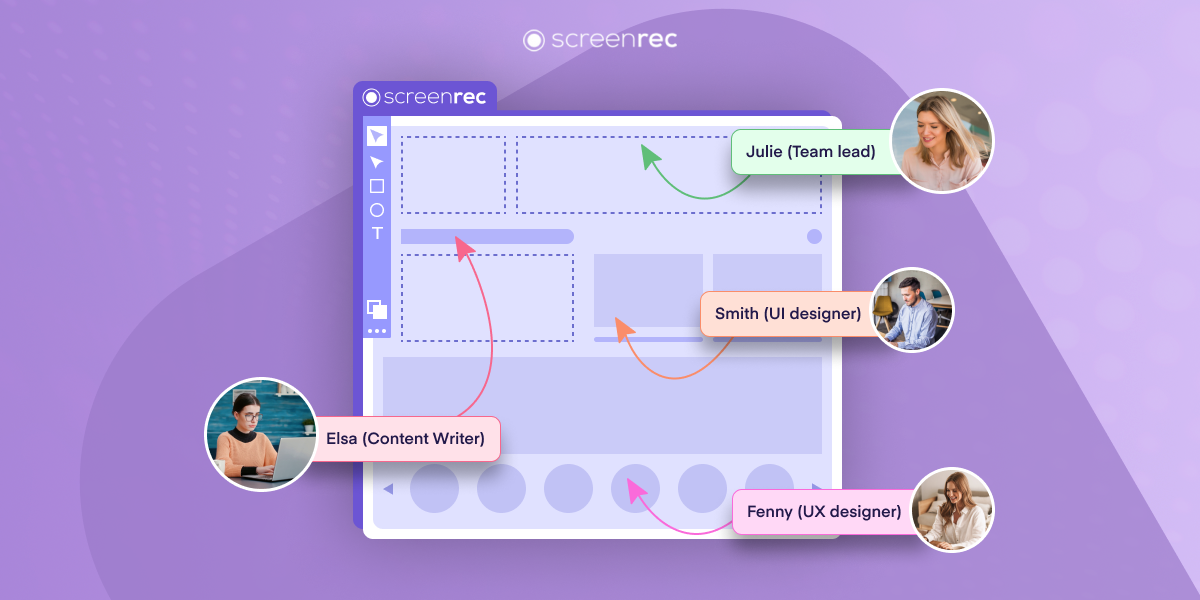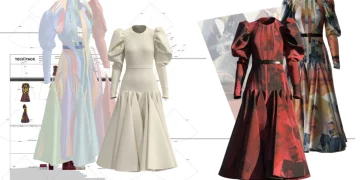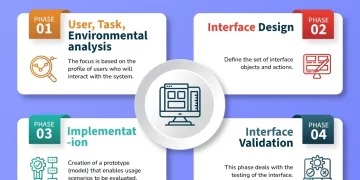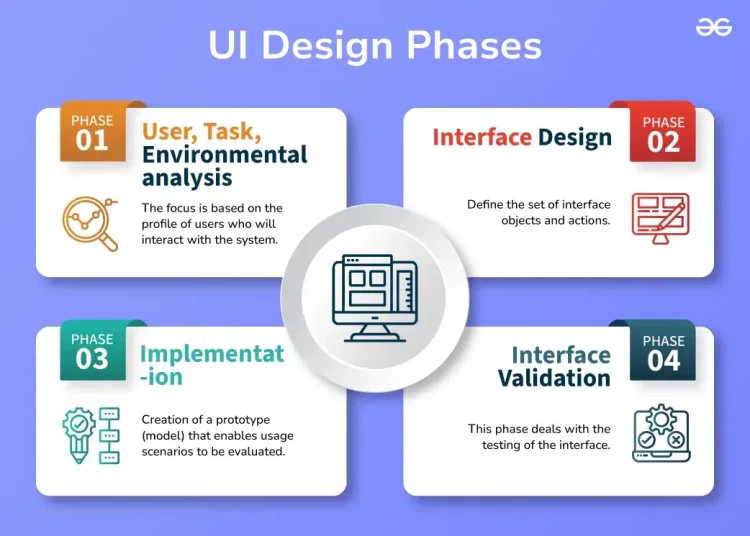In today’s fast-evolving digital landscape, designers must continually stay ahead of the curve to produce impactful, user-friendly, and visually stunning products. This has led to the rise of sophisticated design tools and features that promise to streamline workflows, enhance creativity, and improve collaboration. But how do these tools measure up to the established industry standards? In this article, we’ll explore key design features and compare them to industry expectations, ensuring that you’re not only meeting but exceeding the standards expected of a professional designer.
Understanding Designer Features
Before diving into comparisons, it’s essential to define what we mean by “designer features.” These include the tools, functionalities, and capabilities that a design software or platform offers to its users. Whether you’re working on graphic design, UX/UI design, or motion graphics, the features available in your toolkit are critical to your overall workflow.
Some of the core features that design tools offer today include:
- Vector Graphics – Essential for creating scalable designs like logos and icons.
- Collaborative Tools – Enabling team-based design work and version control.
- Prototyping – Allowing the creation of interactive and high-fidelity prototypes.
- User Interface (UI) Design – Focused on creating engaging, easy-to-use layouts for web and mobile apps.
- Cross-platform Integration – Seamlessly working across different devices and operating systems.
- Animation & Motion Graphics – Offering dynamic visual effects and transitions.
- Artificial Intelligence (AI) Assistance – Using AI to enhance design suggestions and automate mundane tasks.
The Industry Standard for Designer Features
To compare effectively, we first need to establish the industry benchmarks. The design industry is diverse, but most tools adhere to a set of standards that users expect. These standards can be broadly classified into several categories:

- Usability and Accessibility – Industry-leading design tools must be intuitive and accessible to both beginners and experienced designers. Whether through easy navigation, responsive design, or robust help systems, these tools must cater to a wide range of users.
- Performance and Speed – Designers demand tools that are responsive, fast, and capable of handling complex design files. Delays in rendering, slow file openings, and laggy interfaces are a major turn-off.
- Integration and Interoperability – With the growing importance of collaboration in design teams, integration with other tools is critical. Designers should be able to work across multiple platforms, incorporating elements from different tools such as Adobe Creative Suite, Sketch, and Figma.
- Innovative Design Features – Tools should keep up with the latest trends, including support for 3D graphics, AR/VR, and AI-driven workflows. Creative professionals expect their design tools to push boundaries and support modern design languages.
- Collaboration and Version Control – The ability to work as a team, track changes, and ensure that multiple designers can contribute seamlessly is an increasingly important feature, especially with remote work becoming the norm.
Comparing Key Designer Features
Let’s now break down how different design tools compare with industry standards across the essential features:
1. Vector Graphics: Precision at Your Fingertips
When it comes to vector graphics, the industry standard revolves around tools like Adobe Illustrator, which has long been the gold standard in this field. Illustrator offers unmatched precision, an expansive toolset, and is widely regarded as the most advanced tool for working with scalable vector graphics.
Comparison with Emerging Tools:
Tools like Affinity Designer and CorelDRAW have emerged as formidable competitors. These alternatives provide nearly identical functionality but with added benefits such as lower price points, faster performance, and greater ease of use for those less familiar with Adobe’s interface.
Verdict:
Adobe Illustrator remains the industry leader due to its rich feature set and long-standing reputation. However, newer entrants like Affinity Designer provide viable, cost-effective alternatives for independent designers or smaller studios.
2. Collaboration: The New Standard for Teamwork
Collaboration has become a cornerstone of modern design. Industry-standard platforms such as Figma have revolutionized the way design teams work together in real-time. Figma allows multiple designers to collaborate on the same document simultaneously, streamlining feedback loops and ensuring a smoother workflow.
Comparison with Other Tools:
In comparison, Adobe XD and Sketch also offer collaboration features but are typically more siloed or require additional plug-ins to truly enable team collaboration. Figma’s cloud-based architecture makes it stand out for large, geographically dispersed teams.
Verdict:
For collaboration, Figma is the clear industry leader due to its real-time editing and ease of sharing across teams, coupled with its browser-based accessibility.
3. Prototyping: Bringing Designs to Life
Prototyping allows designers to create interactive models of their designs. Adobe XD, Sketch, and Figma all offer robust prototyping tools, but each comes with its nuances.
Industry Standards in Prototyping:
Figma’s prototyping tools are impressive for their simplicity and ease of use. You can design interactive prototypes without switching between apps, which is a major advantage. Adobe XD also offers strong prototyping features, including voice interaction and advanced animations, but its steep learning curve can be intimidating for beginners.
Comparison with Other Tools:
Tools like InVision and Marvel focus purely on prototyping and are excellent for creating high-fidelity interactive models. However, the lack of integrated design tools (compared to Figma or Sketch) limits their versatility.
Verdict:
Figma and Adobe XD are leading the charge in prototyping due to their all-in-one capabilities and seamless integration with the rest of the design process.
4. UI Design: Simplicity Meets Aesthetics
User Interface (UI) design is one of the most important aspects of modern design. Tools like Sketch, Figma, and Adobe XD have set the standard for UI design with their rich libraries of reusable components, grids, and layouts.
Comparison with Industry Tools:
While Sketch and Figma lead the pack in UI design due to their easy-to-use frameworks and components, tools like Webflow are gaining traction for web designers looking to implement designs directly into code. Webflow bridges the gap between design and development, making it an exciting player in the UI field.
Verdict:
For pure UI design, Figma and Sketch are the industry favorites, with Webflow gaining significant popularity among web designers for its seamless design-to-code functionality.
5. Cross-Platform Integration: The Need for Fluidity
Designing for multiple platforms is essential in today’s connected world. Tools that facilitate cross-platform integration are now expected by most designers.

Industry Standards in Integration:
Figma and Adobe XD are both leaders when it comes to cross-platform integration. They support various devices (Windows, Mac, mobile) and integrate well with other design tools, streamlining the transition from design to development.
Comparison with Other Tools:
Sketch is limited to macOS, which makes it less appealing for teams using mixed operating systems. Similarly, tools like Affinity Designer and CorelDRAW are not as well-integrated with other platforms and tend to be more standalone in nature.
Verdict:
Figma and Adobe XD shine in cross-platform functionality, with Sketch lagging behind due to its macOS exclusivity.
6. AI Assistance: The Future of Design?
Artificial intelligence is transforming design by offering smart features that improve productivity and creativity. Tools like Adobe Sensei and Figma’s Auto Layout feature have started to integrate AI to help designers work more efficiently.
Comparison with Industry Tools:
Adobe Sensei uses machine learning to automate repetitive tasks, suggest layouts, and even help in image editing. Figma’s AI tools are more focused on layout automation and smart resizing.
Verdict:
While AI is still an emerging feature, Adobe Sensei’s advanced capabilities make it the leader in AI-driven design features, although Figma is quickly catching up.
Conclusion: Meeting the Standard and Beyond
The design industry continues to evolve at a rapid pace, with emerging tools pushing the envelope in terms of creativity, collaboration, and integration. Whether you’re a solo designer or part of a large team, the features available in industry-leading design tools have set the bar for what is expected in terms of usability, performance, and innovation.
By comparing tools like Adobe Illustrator, Figma, Sketch, and Adobe XD, we can see that the most successful tools today are those that integrate cutting-edge technology with practical, user-friendly interfaces. As we move forward, expect AI to play an even bigger role, further enhancing design workflows and creativity.
Ultimately, the key takeaway is that the best designer tools are those that help you work smarter, not harder. Choose a tool that matches your needs, but always keep an eye on emerging features that can push your designs to the next level.


















































